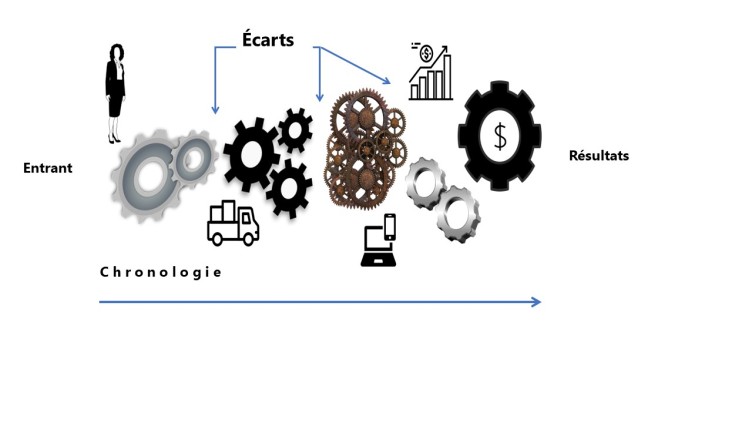In general, when you confuse your customers with unclear messages, you will lose business.
But this is also true within your company, in the way you communicate with each other. If you confuse your colleagues with poor internal communication, you’ll lose their commitment, productivity and best contributions‒which will also cost your company money.
Here are some tips to increase your internal communications’ effectiveness.
1 – Set up a clear structure for your internal communications
The brain likes structure and organisation. By using a clear structure, you can ensure that your message is well received and understood by your target audience.
Use headings, subheadings and short paragraphs to make your message more readable and easily navigable.
Add white space. White space in a document helps to reduce the cognitive and mental load on your recipients.
2 – Define complex or technical terms, abbreviations, acronyms and symbols
The goal of any internal document is to be understandable to all employees regardless of their level of expertise.
Take the time to create a list that defines abbreviations, acronyms and symbols. If your organisation works in more than one language, make sure that the terms are spelled correctly from one language to another.
You can even add hyperlinks for new terms so that the recipient has quick access to the description.
There are language portals that contain a wealth of information. Here are three examples:
- Termium Plus from the Canadian government (English, French and some Spanish).
- Interactive Terminology for Europe (IATE) the EU’s terminology database 26 languages).
- UNTERM the United Nations Terminology Portal (6 languages).
3 – Many people create content – time to standardize
If a company’s communication changes significantly depending on who creates it, it may be time to standardize. Tone, style and frequency have an impact on the employer brand.
Resolve any inconsistencies by establishing a workflow in your knowledge base:
- Create a “template” for each of the common communication needs.
- Get input from representatives who will edit, comment or approve documents such as: writers, reviewers, recipients and managers.
- Develop a business process for the approval and distribution of this particular type of information.
- Publish and share via selected channels.
4 – Use easy to read and to understand language
Cognitive and mental load
In my expertise this is a curse. Yes, there are people who have better writing skills. But these same people will often create long sentences and paragraphs. This type of writing increases the cognitive and mental load on your recipient. If, on the other hand, it is too concise, elements are sometimes missing to promote full understanding.
Simple and concise language
Use simple, concise language to ensure that your internal communications are easy for everyone to understand. Avoid long sentences and complex wording. If your recipients have to reread sentences because they lose track of what they are saying-this behaviour slows down your business processes and costs you money and increases cognitive and mental load.
By using these tips, you can overcome common challenges to writing effectiveness. Make sure your messages are clear, easy to understand and thus create commitment to the company’s objectives.
Strategic, easily accessible and user-friendly communications
Successful internal communication is strategic, easily accessible and user-friendly. The key to its success is to make communication a natural part of the daily workflow.
Depending on the needs, you can use different internal communication tactics. But if a tool is rarely used, the information will not reach the recipients. There will be a lack of communication. Your employees will be confused, the pursuit of company goals may be affected and there will be a loss of productivity.
Do you have any other tips for overcoming common challenges to effective internal communications?
What challenges are you facing?

